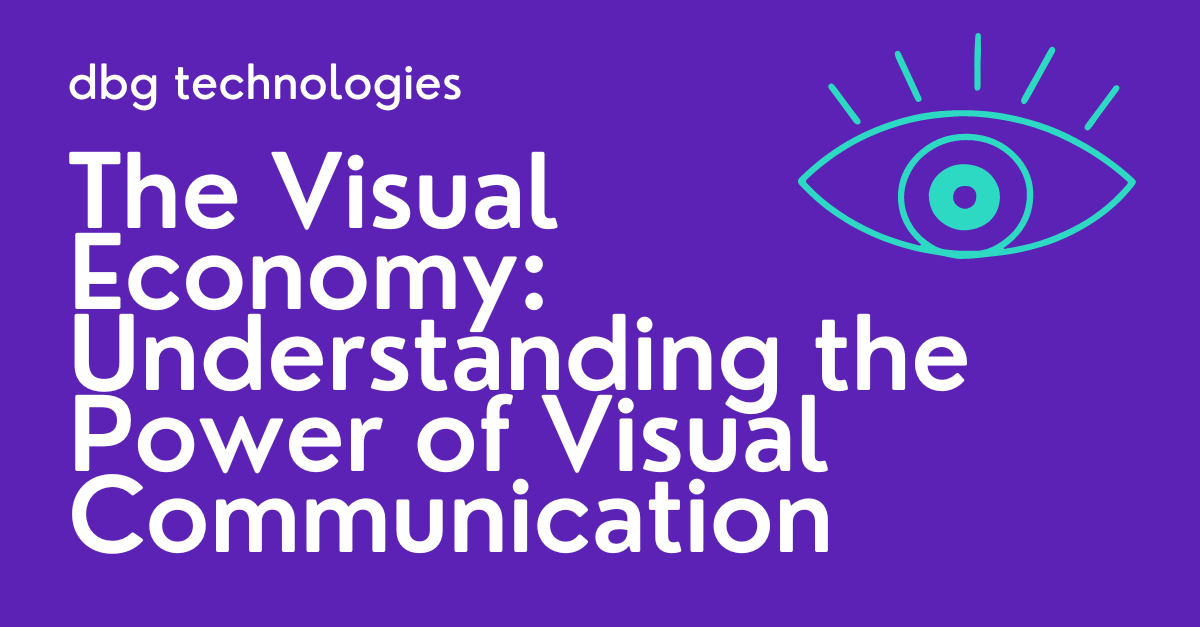 In today’s world, visual communication has become a powerful tool in the hands of businesses and individuals alike. The use of images, videos, and other visual aids has become ubiquitous across various platforms, including social media, websites, and advertisements. This trend has given rise to what is now known as the visual economy.
In today’s world, visual communication has become a powerful tool in the hands of businesses and individuals alike. The use of images, videos, and other visual aids has become ubiquitous across various platforms, including social media, websites, and advertisements. This trend has given rise to what is now known as the visual economy.
The visual economy can be defined as the economic value derived from the use of visual communication in various aspects of business and marketing. It encompasses a wide range of activities, from the creation of visual content to the distribution and consumption of such content by consumers. In other words, the visual economy is a term used to describe the impact of visual communication on various industries.
One of the reasons why the visual economy has become so significant is that it is more engaging than traditional text-based communication. Studies have shown that people are more likely to remember visual content than written content. This is because the human brain is wired to process visual information more quickly and efficiently than text. Therefore, incorporating visual content into marketing and advertising strategies can help increase engagement and drive sales.
The visual economy has also given rise to new industries, such as graphic design and photography, which have become essential to businesses and marketers. For example, a company’s logo and branding materials are critical to establishing its visual identity and helping it stand out from competitors. Similarly, high-quality product images and videos can help drive sales by giving consumers a better understanding of what they are purchasing.
In addition to driving sales and creating new industries, the visual economy has also had a significant impact on social media. Platforms like Instagram, TikTok, and Pinterest are entirely based on visual communication. Businesses and influencers use these platforms to showcase their products and services visually, increasing engagement and driving sales. Additionally, visual content on social media is highly shareable, leading to increased brand awareness and social media presence.
However, the visual economy also has its challenges. With so much visual content available online, it can be challenging to stand out and create truly memorable visuals. Additionally, with the rise of deepfakes and other forms of manipulated visuals, it can be challenging to discern what is real and what is not. This can lead to issues with trust and credibility, particularly in the news and political spheres.
In conclusion, the visual economy is a significant aspect of modern-day marketing and communication. By understanding the power of visual communication, businesses and individuals can create more engaging content, establish a visual identity, and drive sales. However, it is important to be mindful of the challenges that come with the visual economy and work to create authentic and trustworthy visual content.
